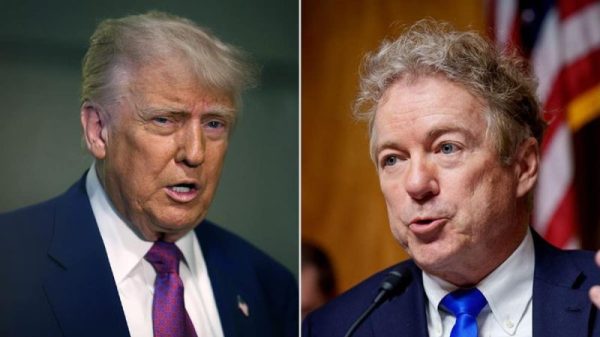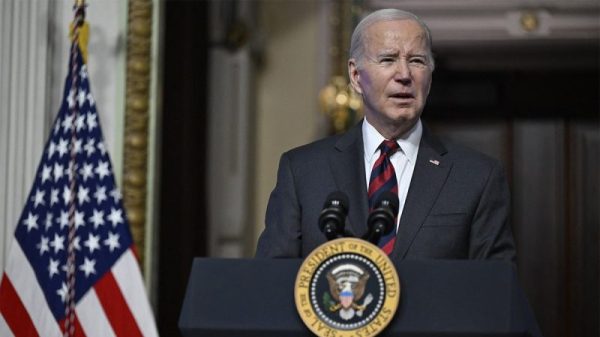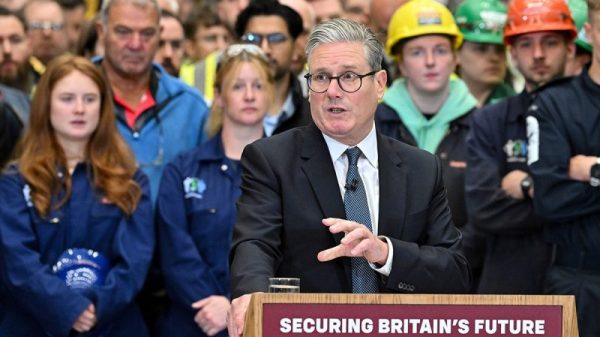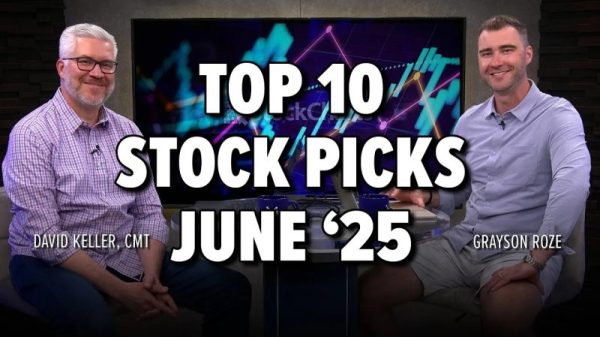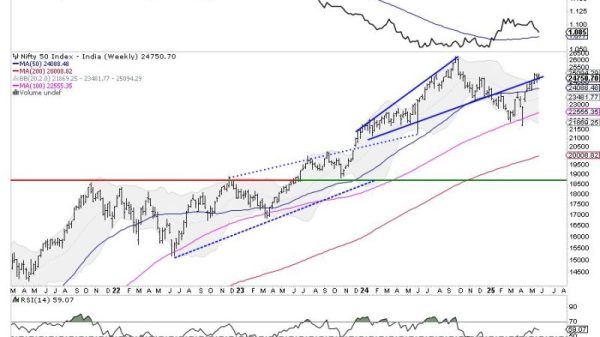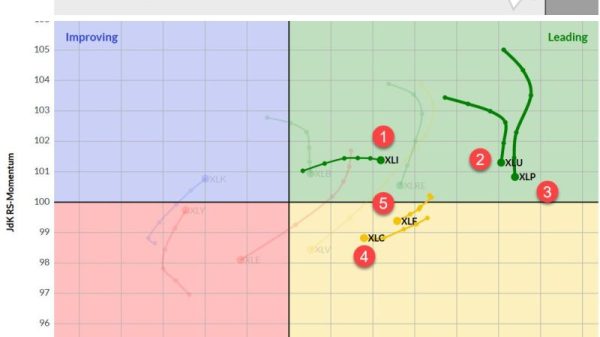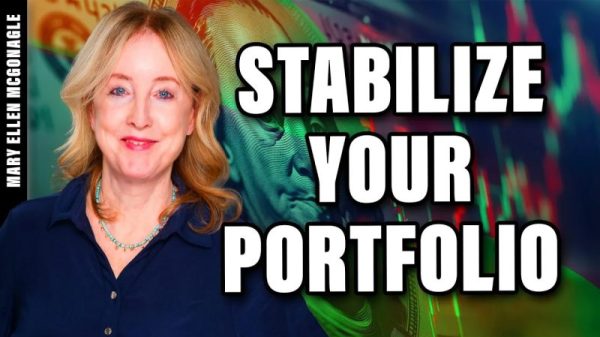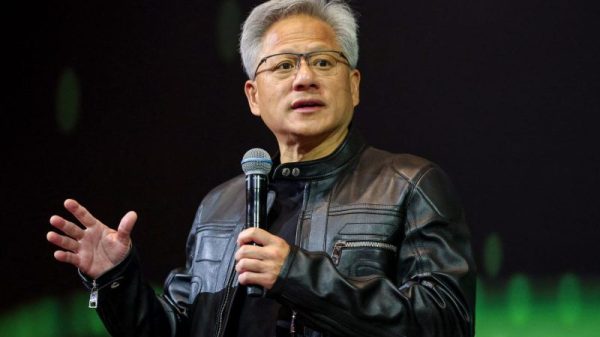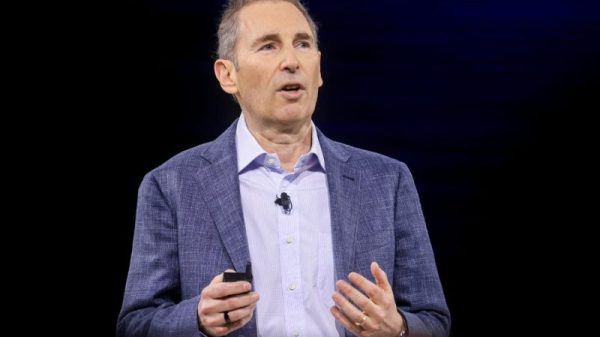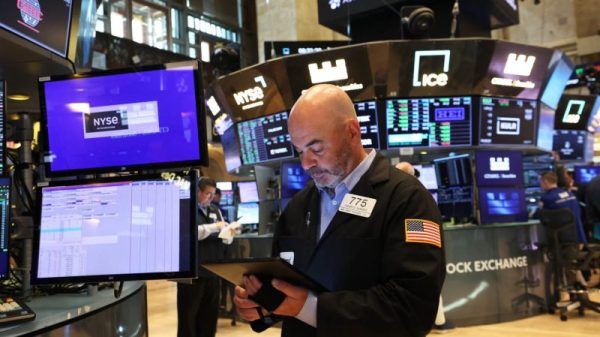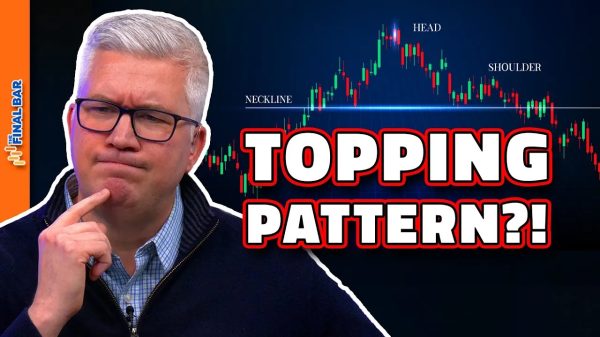Recorded by the Mises Institute in the mid-1980s, The Mises Report provided radio commentary from leading non-interventionists, economists, and political scientists. In this program, we present another part of “Ten Great Economic Myths”. This material was prepared by Murray N. Rothbard.
Every time someone calls for the government to abandon its inflationary policies, Establishment economists and politicians warn that the result can only be severe unemployment. We are trapped, therefore, into playing off inflation against high unemployment, and become persuaded that we must therefore accept some of both.
This doctrine is the fallback position for Keynesians. Originally, the Keynesians promised us that by manipulating and fine-tuning deficits and government spending, they could and would bring us permanent prosperity and full employment without inflation. Then, when inflation became chronic and ever-greater, they changed their tune to warn of the alleged tradeoff, so as to weaken any possible pressure upon the government to stop its inflationary creation of new money.
The tradeoff doctrine is based on the alleged “Phillips curve,” a curve invented many years ago by the British economist A. W. Phillips. Phillips correlated wage rate increases with unemployment, and claimed that the two move inversely: the higher the increases in wage rates, the lower the unemployment. On its face, this is a peculiar doctrine, since it flies in the face of logical, commonsense theory. Theory tells us that the higher the wage rates, the greater the unemployment, and vice versa. If everyone went to their employer tomorrow and insisted on double or triple the wage rate, many of us would be promptly out of a job. Yet this bizarre finding was accepted as gospel by the Keynesian economic establishment.
By now, it should be clear that this statistical finding violates the facts as well as logical theory. For during the 1950s, inflation was only about one to two percent per year, and unemployment hovered around three or four percent, whereas nowadays unemployment ranges between eight and 11 percent, and inflation between five and 13 percent. In the last two or three decades, in short, both inflation and unemployment have increased sharply and severely. If anything, we have had a reverse Phillips curve. There has been anything but an inflation-unemployment tradeoff.
But ideologues seldom give way to the facts, even as they continually claim to “test” their theories by facts. To save the concept, they have simply concluded that the Phillips curve still remains as an inflation-unemployment tradeoff, except that the curve has unaccountably “shifted” to a new set of alleged tradeoffs. On this sort of mind-set, of course, no one could ever refute any theory.
In fact, inflation now, even if it reduces unemployment in the short-run by inducing prices to spurt ahead of wage rates (thereby reducing real wage rates), will only create more unemployment in the long run. Eventually, wage rates catch up with inflation, and inflation brings recession and unemployment inevitably in its wake. After more than two decades of inflation, we are all now living in that “long run.”
For more episodes, visit Mises.org/MisesReport

